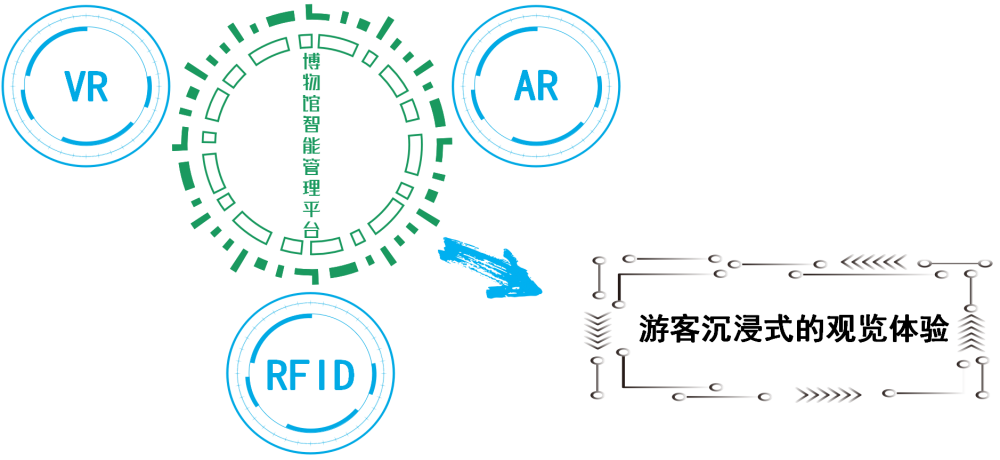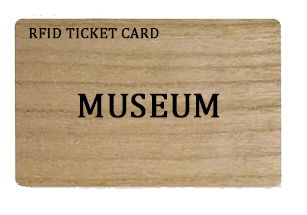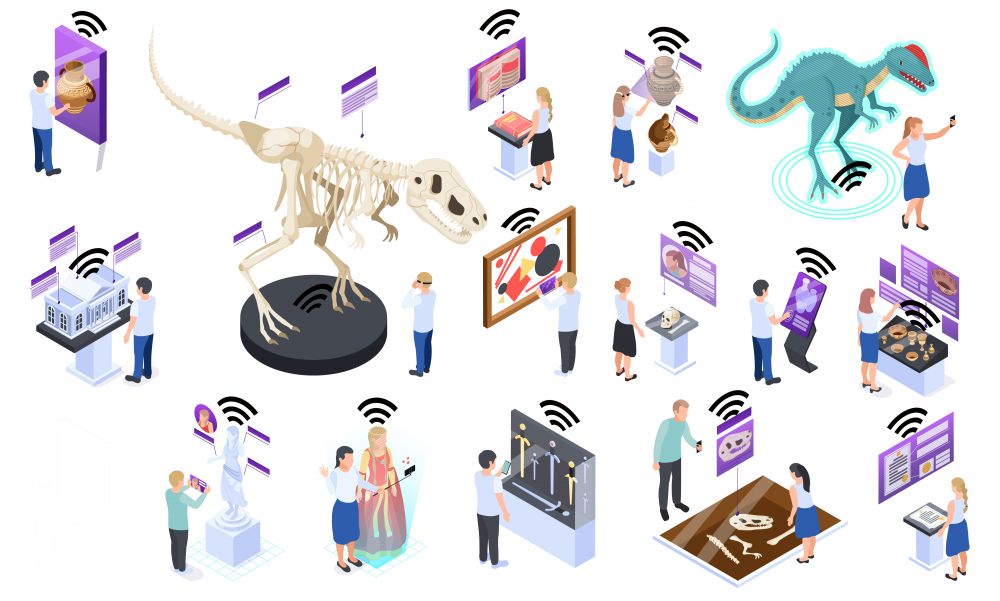Home > Company News > Enhancing Museum Exhibitions Experience: The Impact of RFID Technology
Company News

Enhancing Museum Exhibitions Experience: The Impact of RFID Technology
RFID has brought a new wave of innovation to the museum and exhibition industry, transforming the way visitors interact with artifacts and artworks. By utilizing these advanced technologies, museums and exhibition halls can enhance the visitor experience, improve operational efficiency, and provide personalized journeys through historical and artistic cultures.
Interactive Displays:
RFID technology turns ordinary viewing into exciting interactive experiences. By Integrating RFID tags on display cases, visitors can simply tap the smart tags with smart phone to access detailed information. As visitors explore the museum, they can gain a deeper understanding of the historical background, significance, and stories behind each exhibit. This interactive experience establishes a stronger connection between visitors and artifacts, fostering a more appealing and educational visit.
Alternatively, visitors can use their smartphones' NFC or Bluetooth capabilities to trigger augmented reality (AR) multimedia presentations and video guides, providing them with greater insights and immersive experiences. Additionally, virtual reality (VR) is also becoming a future trend with various VR headsets on the market. In the future, combining the precise indoor positioning features of RFID with VR technology will make the much-anticipated "Night at the Museum" a reality.

Personalized Guided Tours:
Museums can integrate RFID smart cards with the museum's systems to provide personalized guided tour services based on visitors' preferences or interests. Visitors can choose specific themes or historical eras they are particularly interested in, and their Bluetooth positioning card or mobile devices connected to RFID tags within the museum can guide them through the exhibits, highlighting relevant objects and providing additional information, ensuring that each visitor receives a customized experience based on their personal interests.
Identity Recognition:
RFID technology also offers identity recognition capabilities, which can be used for museum ticketing and access control. Visitors only need to scan their RFID smart tickets to enter the museum or specific exhibitions, eliminating the need for paper tickets. RFID smart tickets can also be recycled and reused. This not only simplifies the entry process, reduces wait times, and improves overall visitor satisfaction but also contributes to environmental conservation.

Real-time Analytics and Management:
RFID tags enhance the data analysis capabilities within museum management. By tracking visitor activities and interactions, museums can collect data on visitor flow, popular exhibits, and dwell times. This information can be used to optimize exhibition layouts, plan crowd management, and carry out targeted marketing activities to attract more visitors.

The integration of museums and exhibition halls with RFID technology opens up new possibilities for immersive and personalized viewing experiences. From interactive artifact displays to personalized guided tours, these technologies fundamentally change the way visitors experience historical and artistic cultures. Additionally, simplified ticketing mechanisms, access control, and real-time analytics help museums optimize operations and provide a seamless experience for visitors. By adopting RFID tags, museums and exhibition halls can create an unforgettable journey through history and culture, leaving visitors with lasting memories and a deeper appreciation for the exhibits.
-
nylon rfid bracelet for access control
-
RFID supplier nylon rfid bracelet
-
nylon rfid bracelet with 125khz/13.56mhz/UHF
-
nylon rfid bracelet for activity
-
rfid tags bracelet from old manufacturer
-
rfid tags bracelet for swimming pool
-
NFC 213/215 White PVC Card Waterproof RFID Card NFC Communication Interface 13.56MHz Frequency Made Plastic White Matte Material
-
Ultra #2 ABS RFID 13.56Mhz Keyfob for access control
-
MF-3 #2 ABS RFID 13.56Mhz Keyfob for access control
-
Different Colors Intercom RW2000 Single Entry Tablet Blank Ibutton Key
-
1024 bit DS1972 Ibutton Key TM1972 with plastic holder
-
256 bit DS1971 Ibutton Key TM1971 with plastic holder
-
64bit Rewritable RW1990 Ibutton Key
-
Read Only 64bit TM1990 DS1990 Ibutton key with plastic holder
-
POD Customize Tap to Share PVC NFC Business Cards with QR code, based on MOQ 2
-
Mifare 1k blank Card CR80
-
NFC13.56mhz NTAG 213social media booth restaurantGoogle evaluation display board
-
GoogleAVisTAGWhatsAppTripAdvisorTikTokFacebookevaluate5stars
-
NFC213/215/216Radio Frequency IdentificationRFIDPVCauthenticationtags
-
Customized hotel room card t5577 door lock card Hotel universal smart access card ic access card customized
-
Rechargeable Low Energy Apple Find My Wallet Card Finder Tracker Bluetooth Thin Card Device Tracking
-
Customized Smart NFC Household Appliances Tag - Whole-house intelligence easy control your home appliances with your phone - NFC Tap and QR code Scan
-
Apple Find My Wallet Card Finder
-
Apple Find My Wallet Cold Laminating Technology Card Wireless Charging Card


